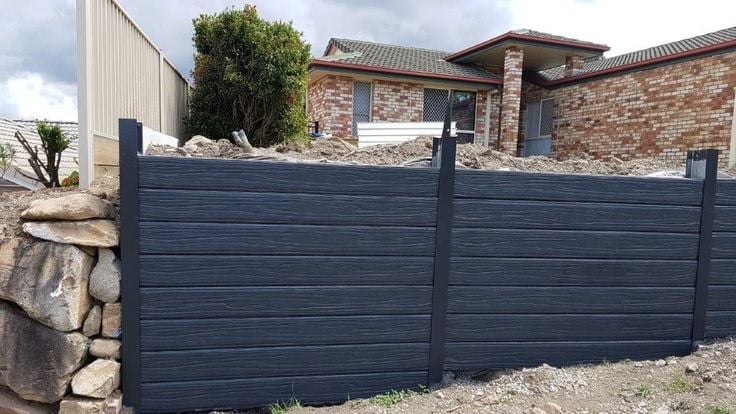How to Get Your Retaining Wall Engineered and Approved

How to Get Your Retaining Wall Engineered and Approved
Written by Nick Warrier – M.E(Civil) from Konceptual Consulting Engineers.
Overview
Building a retaining wall isn’t just about stacking materials—it’s a process that demands careful planning, engineering expertise, and regulatory compliance. Here’s a step-by-step guide to ensure your retaining wall meets Australian standards and stands the test of time.
Step 1: Assess Your Site—The Right Foundation Starts Here
The first step to a successful retaining wall is understanding your in-situ soil conditions. Soil type, plasticity, topography, and drainage are key factors that influence the wall’s design and materials.
Expert Insight: Engage a professional engineer specialising in retaining wall design, like Konceptual Consulting Engineers, to analyse soil properties and slope stability to address challenges like expansive soils and poor drainage. Tackling these issues early prevents costly setbacks and ensures compliance with local regulations.
Step 2: Design with Purpose
A well-thought-out design is essential to creating a retaining wall that is both durable and visually appealing. This step includes detailed structural drawings, stability calculations, and drainage plans tailored to the site’s unique conditions. These steps not only negate disasters in the future but in most cases lead to customised designs that are efficient and utilise the inherent properties of existing soil to your advantage, yielding an optimised design.
Pro Tip: Sunset Sleepers’ concrete sleepers are an excellent choice for adding strength and longevity to your wall. These materials combine durability with aesthetics, making them ideal for a range of projects.
Timeline: The design phase typically takes 1–2 weeks, depending on complexity.
Step 3: Prepare Documentation for Approval
Before starting construction, you’ll need to prepare comprehensive documentation for council approval. This includes:
- Soil Reports: Highlighting geotechnical data for stability analysis.
- Structural Drawings: Showcasing the wall’s design and load management.
- Material Specifications: Detailing products like reinforced sleepers from Sunset Sleepers.
What Makes a Difference: To minimise delays, ensure you engage with an engineering consultant that has a method of aligning every document with council requirements. Thorough preparation ensures a smoother review process.
Step 4: Submitting to Council
With your documents in order, submit the design for council review. Councils assess whether the retaining wall meets regulations, safety standards, and local environmental considerations.
Typical Approval Time: 4–8 weeks, depending on project complexity and council efficiency.
Note: Certified designs by registered engineers often expedite approvals by addressing structural adequacy upfront.
Step 5: Construction—Bringing the Design to Life
Once approvals are in place, construction can begin. Key steps include:
- Preparing and excavating the site.
- Installing the pier foundation and galvanized post.
- Placing Sunset concrete sleepers for stability and durability.
- Adding drainage systems and backfilling approved material.
Inspection Note: Councils may require interim inspections during construction to ensure compliance with the approved design or often ask the design engineer to conduct those inspections and provide a construction certificate—don’t worry, Konceptual can help here too.
Final Checklist
- Structural integrity and stability.
- Properly functioning drainage systems.
- Use of compliant materials.
Certification is issued once all requirements are met, marking the successful completion of the project.
Build Better with the Right Team
Creating a retaining wall that is compliant, durable, and aesthetically appealing doesn’t have to be overwhelming. Engaging a professional and using quality materials will be the key for a good recipe.
Either Konceptual Consulting or Sunset Sleepers are here to help you or guide you in the right direction, so you’re set up for success. Follow these steps, and you’ll have a wall that’s ready to stand the test of time.
